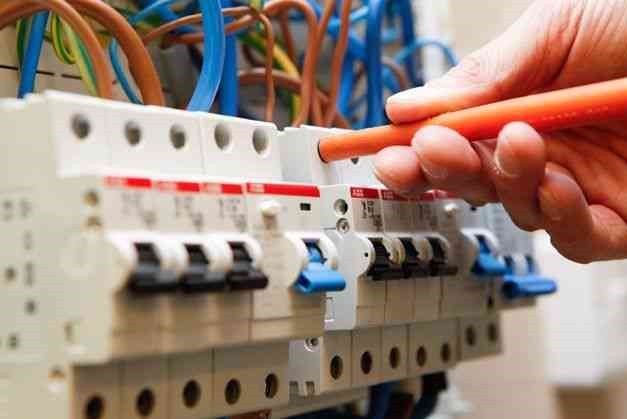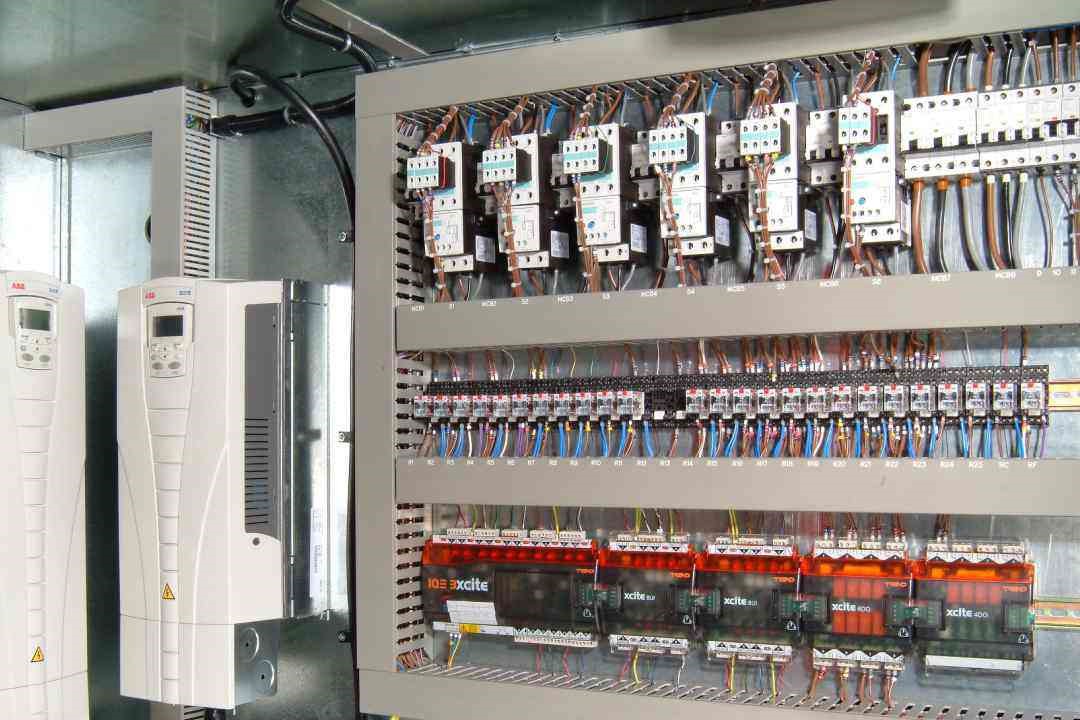
House wiring (NEW & RETROFIT)
Residential electrical wiring is always completely covered within sheath insulation. This is meant to protect residents from electrical shock. From a technical aspect, most residential wiring are single phase and 120 Volts, consisting of three wires, positive, negative, and neutral. For some more demanding appliances, such as air conditioning units, refrigerators, washers, and dryers use a two-phase circuit of 240 Volts. In commercial applications this wiring is normally run through conduits or ceiling rafters where it is easily accessible to service. For residential applications, the wiring is normally hidden from view within walls and attic crawl spaces

Company wiring (NEW& RETROFIT)
Commercial electrical wiring normally uses a three-phase design. In three phase electrical systems, there are two smaller legs running 120 Volts each and I wider leg running 208 Volts. This setup allows each wireless workload, while creating a higher output when they work together. This leads to greater efficiency and longer lasting equipment. The higher voltage requirements are due to the increased power demands in an office environment. Commercial wiring often has a higher level of insulation, known as TTHT (Thermoplastic, high-heat resistant, nylon coated). This helps to protect the electrical wiring from corrosive gases and liquids. In some cases, special outlets may be installed for power-hungry or especially sensitive equipment.

Control panel for all kind of industries
Electrical control panels are an integral part of the system that controls various pieces of equipment, as they provide power, operator devices, and proper control over the machinery/appliances.